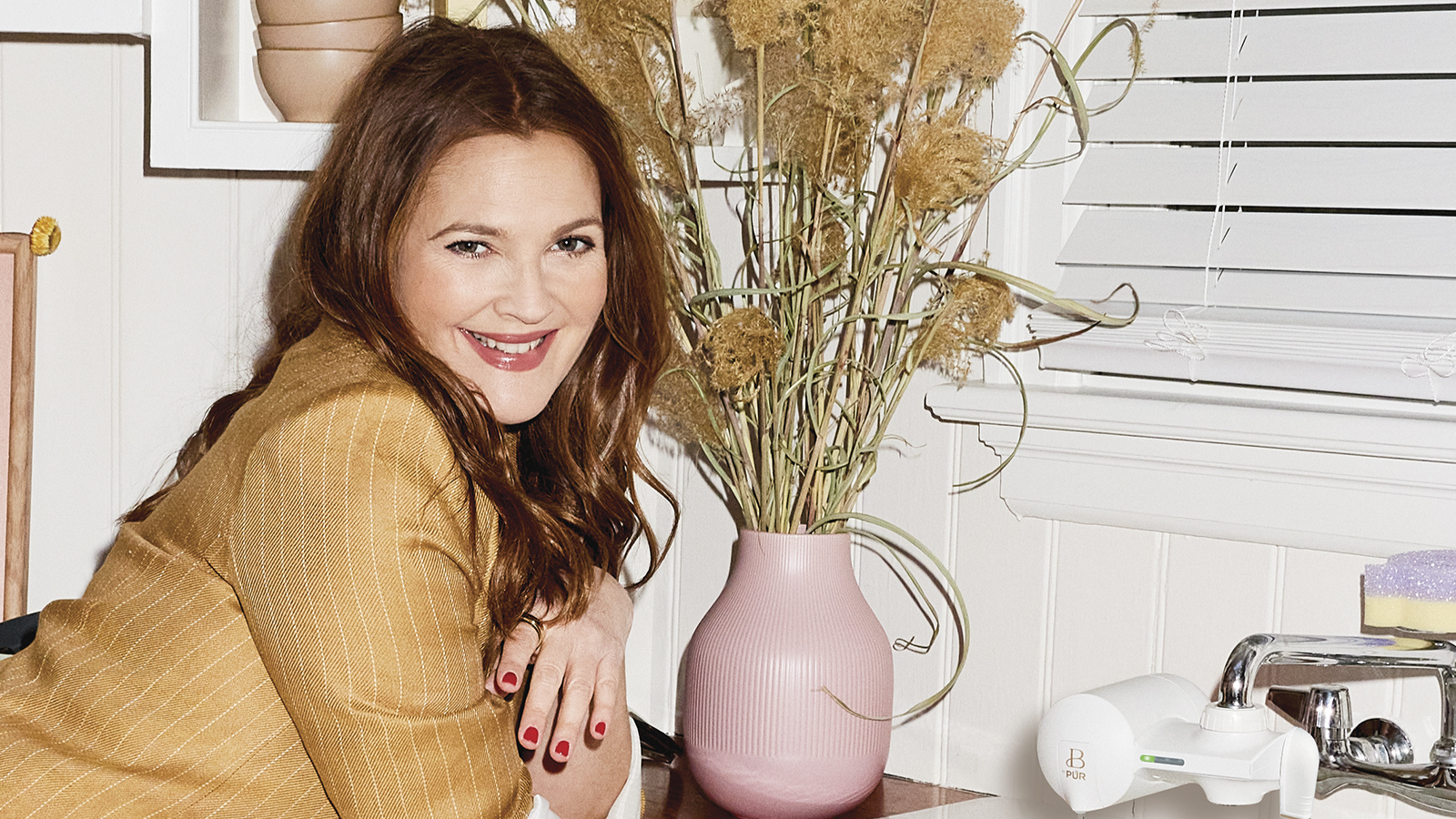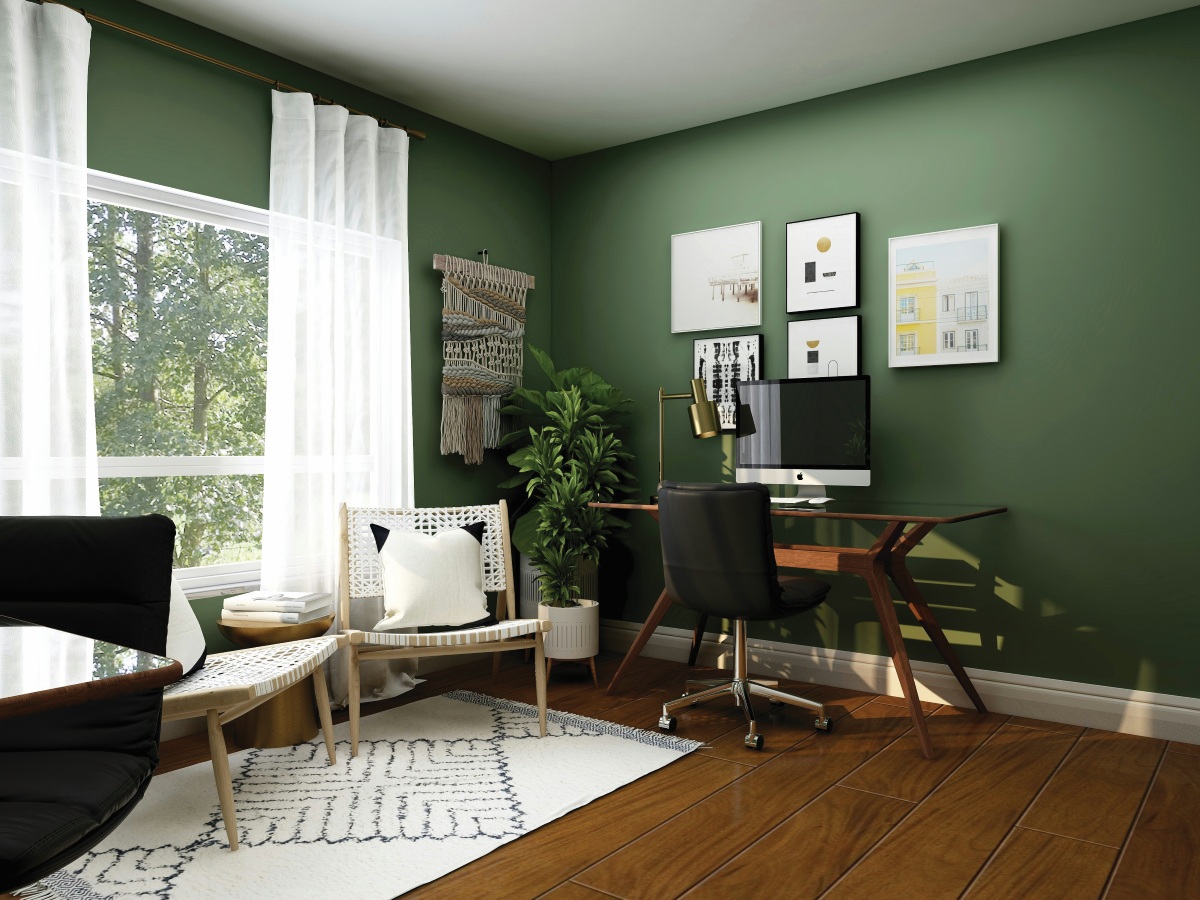:max_bytes(150000):strip_icc()/GettyImages-1502219918-9122339ebc5c4d5ca44d90102fa4d33b.jpg)
Even the most diligent among us can miss a few areas when scrubbing the bathroom. Since your home’s main bathroom likely sees more daily use than almost any other room in the house, it’s easy to focus on the obvious. Meanwhile, you’re likely overlooking subtle spots that can harbor just as much (if not more) dirt, soap scum, mold, and bacteria.
“There are a lot of cracks and crevices in the bathroom that can be easily overlooked,” says Angie Hicks, co-founder of Angi. “Some of these areas might include door knobs and handles, shower curtains, liners, and even the tiny aerator in your sink.”
Consider this your gentle reminder—and your expert-approved checklist—for the bathroom spots you’re probably forgetting to clean.
- Angie Hicks, co-founder of Angi
- Vanessa Garcia, Taskrabbit tasker, expert interior design and cleaning professional
- Beth Blacker, founder of It’s Just Stuff! and member of the Thumbtack Pro Advisory Board
Doorknobs, Handles, and Hardware
Robert Reader / Getty Images
It’s easy to underestimate just how many germs can accumulate on the surfaces we frequently touch. “Disinfecting doorknobs—especially in the bathroom—is actually a great weekly (if not daily) ritual,” Hicks explains. “Use wood or paint-friendly cleaner to wipe down doors and sides of cabinets, and disinfect all cabinet knobs, as well as door and closet knobs.”
Shower Curtains and Liners
Shower curtains and liners can quietly collect soap scum and mildew. Hicks notes that both can be tossed into the washing machine. “Shower curtains and liners can easily be washed on a gentle cycle,” she says, though this depends on the specific material and care instructions of yours. You can learn more about how to clean shower curtains and liners here (and how often it’s recommended to do so).
The Walls
Goodboy Picture Company / Getty Images
Yes, the walls. They might not look dirty, but, over time, the high humidity your bathroom sees can cause grime, dirt, and mildew to cling to the walls. “When it comes to cleaning, I’d say the walls are overlooked,” says interior design expert and cleaning and organizing professional Vanessa Garcia. “There are many times I have clients who ask me why they keep getting stuffy noses or why it feels humid. More often than not, it’s because the walls haven’t been properly cleaned!”
Wipe them down with a mild solution of warm water and gentle dish soap, or a vinegar-water solution for tiled or semi-gloss surfaces. Use an extendable cleaning brush or mop for hard-to-reach spots near the ceiling, where moisture tends to gather.
The Medicine Cabinet
Andreas von Einsiedel / Getty Images
“The medicine cabinet is usually the number one area that people tend to fill up and forget about, even if they have medications they take daily,” says professional organizer Beth Blacker.
Beyond the grime that can build up inside and the germs on high-touch areas, expired medications and old cosmetics can create health hazards. “Most of the medications expire before being used up, and while you won’t get sick from taking them, they do lose some of their potency over time,” she explains. Blacker adds that oversized bulk bottles of pain relievers or vitamins can be wasteful if you don’t use them regularly.
And don’t forget your makeup and skincare stash: “Bacteria definitely collects in and on them once opened, and you really should toss them after three months—especially mascara since it touches your eyelids,” she notes.
The Sink’s Aerator
Andrey Sayfutdinov / Getty Images
While your sink is certainly on your cleaning checklist, it’s far easier to neglect your faucet specifically. “The aerator can typically be unscrewed and then given a good brushing,” Hicks advises. Mineral deposits, mildew, and bacteria can accumulate inside, especially if you live in an area with hard water.
Under-the-Sink Storage
That cramped cabinet beneath your sink can often become a catch-all for cleaning products, spare toiletries, and miscellaneous clutter—and get plenty dusty in the process.
Garcia explains that organization is key to keeping this small space manageable. “There are plenty of ways to organize small areas so when you open cabinets, you don’t have things falling on top of you,” she says. “As for under the sink, there tends to be a lot of wasted space due to having a higher spatial area; therefore, I would recommend adding a second shelf, which you can purchase anywhere online.”
After clearing everything out, wipe the surfaces and walls of the cabinet with a disinfectant spray before restocking.
link







